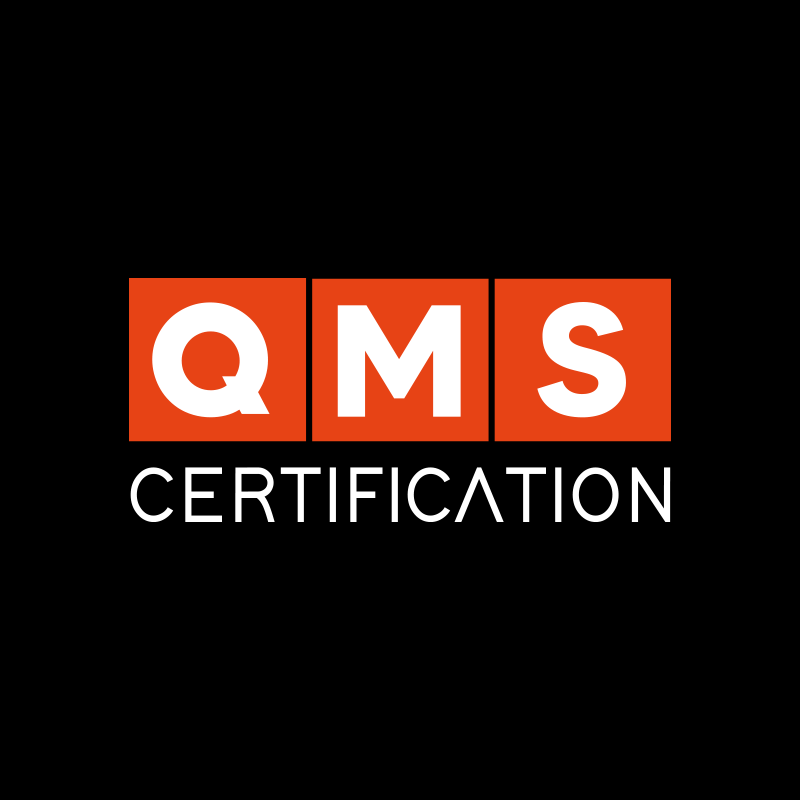The quality department is responsible for ensuring that products, services, processes, and systems comply with established standards—whether they are regulatory, normative, or defined internally by the company itself.
Main Functions of the Quality Department
Quality Assurance
The quality department must create an environment where quality is planned, systematized, and ensured even before the product or service is delivered. The focus is not only on profitability, but on achieving it without compromising product or service quality—or hindering its improvement.
Typical activities include:
- Developing and maintaining manuals, procedures, and work instructions
- Defining acceptance criteria and quality standards
- Analyzing performance indicators to prevent failures
- Participating in the development of new products/processes to ensure quality is integrated from the start
Quality Control
The quality department checks whether products and services meet established standards through measurements, tests, inspections, and audits. In short, in addition to implementing measures to ensure quality, it must monitor everything to ensure it’s going according to plan.
Practical activities:
- Incoming raw material inspections
- In-process control, monitoring variables like temperature, pressure, measurements, etc.
- Final product testing (dimensions, resistance, compliance)
- Handling nonconformities (recording, analysis, and corrective actions)
Continuous Improvement
Even if a product or service is delivering good results, the quality department must not settle—it has a duty to pursue continuous improvement.
Continuous improvement involves eliminating failures, reducing waste, and increasing efficiency through systematic process analysis.
Practical activities:
- Applying tools like PDCA, Kaizen, 5 Whys, Ishikawa Diagram, and FMEA
- Organizing improvement groups with operational area participation
- Monitoring and validating corrective and preventive actions
- Identifying process bottlenecks and proposing adjustments
Risk and Opportunity Management
Another essential function of the quality department is to map potential risks and opportunities. This process can involve the use of management tools such as SWOT, GUT Matrix, FMEA, Fault Tree Analysis, and others.










